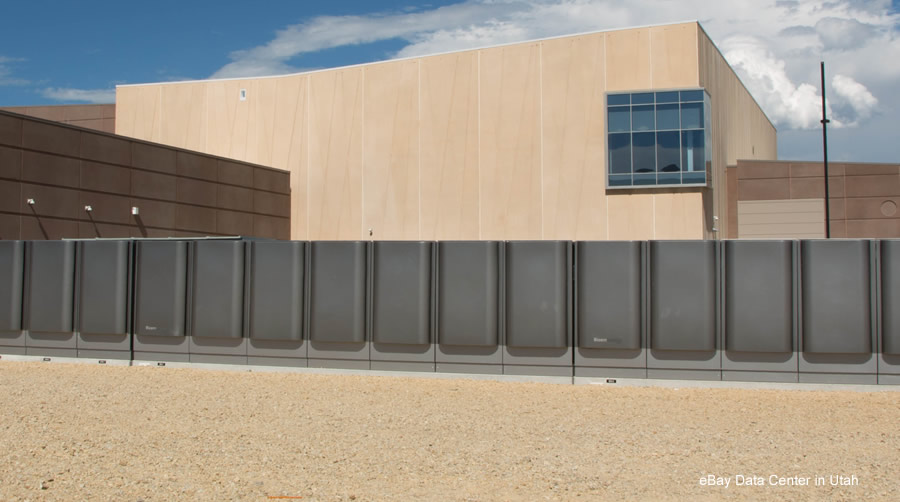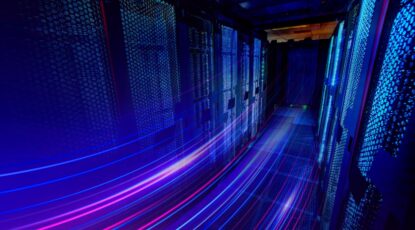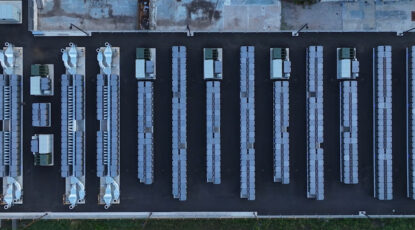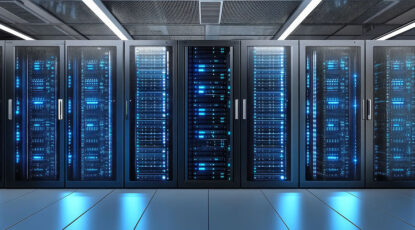It has been a year of many shocking and extreme weather events across the USA: bomb cyclones, hurricanes and wildfires have wreaked havoc from Florida to California.
Despite the massive toll of these catastrophic events, one severe lightning storm in Texas in September 2018 sent the most chilling reminder of Mother Nature’s disruptive power to anyone who operates a data center.
A violent storm interrupted grid power to Microsoft’s San Antonio Azure data center, knocking cooling systems offline, damaging equipment and bringing down Active Directory and Visual Studio Team Services for almost 24 hours.
Could it happen to your data center? Unfortunately, the answer is very likely ‘yes’, and not just as a result of an extreme weather event. Aging infrastructure, the menace of cyber-attacks or even a black swan event such as the Fukushima nuclear disaster should all figure somewhere in your power security playbook.
But first, let’s look at the root cause of Microsoft’s issue: an outage to the utility electricity supply.
According to the Eaton Blackout Tracker, the US experienced 3,526 utility power outages in 2017. That number represents a massive 62% increase in outages from a decade ago. The DoE recently estimated that outages are costing the US economy $150 billion annually.
I know what you’re thinking: “Don’t we have technical solutions to reduce the impact of outages?” Indeed we do. Data center mirroring or cloud computing, for example, but research by the Uptime Institute suggests spreading workloads across more than one data center is giving operators a false sense of security.
Uptime’s 8th annual Data Center Survey found that 68% of respondents back-up data remotely regularly, and 61% spread workloads across more than one site. Nevertheless, the frequency of outages continue to increase.
31% of 900 respondents to its survey said they had experienced downtime in the past year, a whapping 25% year-over-year increase. In the past three years, 48% of respondents said they had suffered an outage. Power problems were the number one cause.
So what’s going on? With such tremendous innovation occurring in the data center, why can’t we keep the power on? The real problem is that power system innovation and configurations have barely evolved in the past 25 years.
Many data centers continue to rely on complex power infrastructures consisting of uninterruptible power supplies (UPS) and batteries, stand-by generators and transfer switches. In the event of a utility failure, it only takes one error in a switching sequence connecting all of those components for critical loads to be put in jeopardy.
Power issues are often compounded by the fact that stand-by generators don’t operate as intended. Diesel generators, for example, often fail to start to due to fuel contamination, low coolant levels or weak start-up batteries, or, as in the case of coastal hurricanes, flooding.
That’s not to say the traditional power architecture has not performed well over the years, but given the complex design of existing power solutions, and the increasing demands on data center power, it is clear that the segment needs more innovative, more affordable, more reliable, more secure, and cleaner energy.
Consider Resiliency as You Consider Sustainability
If you’re running a data center, you already know you’re using a lot of electricity and will likely use more in the future than you do today. Data centers consume 2.5% of all electricity in the US, and with data center power costs expected to increase 80% in the next five years, operator focus on reducing power costs is only likely to increase.
Many operators are already looking to renewable energy to offset those rising costs. AFCOM’s latest State of the Data Center Industry report says about 40% of the industry expects to be sourcing electricity from renewable sources in the next three years. However, data centers operate 7×24 and cannot rely solely on intermittent energy sources such as wind or solar
So what other clean energy options do you have?
The landscape for on-site power generation is evolving slowly. Combined Heat-Power (CHP) solutions have been popular for many years, but their suitability for data center applications is limited by low reliability, maintainability and efficiency. Also, modern data centers have no use for the heat generated by turbines or reciprocating engines, not to mention the higher emissions they generate.
I came to Bloom Energy six years ago because I was excited by the potential of fuel cells for the data center industry. The main appeal of fuel cells is that they invert the grid / back-up paradigm by supplying primary on-site power from natural gas or biogas, and using the grid as back-up. Fuel cells thereby bring the benefit of providing a second, independent and generally reliable source of power to any data center.
Today’s fuel cells also offer high reliability, five 9’s availability, and can serve loads of up to tens of megawatts, making them ‘baseload’ capable. AT&T, Equinix are just some of the data center operators using the technology for mission critical power today.
Innovation Inspired by Social Networking
Another interesting data center power innovation to watch for has very contemporary roots. The Open Compute Project, founded by Facebook, has come up with a new and potentially much more resilient approach to powering data centers which leverages a new twin power source configuration.
The first power source is a direct connection to the 480v grid, and the second is a 48v or 12v DC power supply housed directly within the data center rack. What’s unique about the architecture is that it eliminates the need for a centralized UPS. Furthermore, only the first power supply is active until the rack senses a loss of primary power. Then, the secondary power kicks in until the generator comes up.
It’s a pioneering approach, but not for everyone, not least because you’ll need the budget for custom-built servers.
And finally…
I’ll leave you with one more new idea. You’ve likely heard about software-defined networking, compute and storage. Well what about Software Defined Power (SDP)? Yes, it’s a real thing!
SDP aims to solve common issues related to data center power by providing a common control plane for the power components that orchestrate, automate and optimize the distribution of power resources. The idea is that SDP will provide on-demand power dynamically to ensure the required level of reliability at the rack level.
For now, whatever new approaches you consider, may your data center power stay secure!
Learn more about Bloom Energy’s data center solutions.
(This blog post first appeared at www.CIOEnergyInsights.com)



